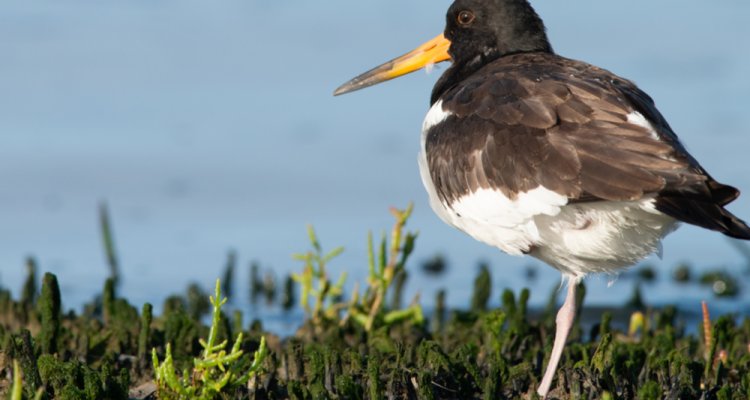
Project
TMAP Reproductieproces kustbroedvogels
The Wadden area is of great international importance for breeding birds, and for wading and other waterbirds outside the breeding season. For this reason, the entire area has been designated a Natura 2000 area and a World Heritage Site. Information about population developments of birds in the Wadden area is important for protection of the area.
The Wadden area is of great international importance for breeding birds, and for wading and other waterbirds outside the breeding season. For this reason, the entire area has been designated a Natura 2000 area and a World Heritage Site. Information on bird population trends in the Wadden Sea area is essential for the implementation of the Natura 2000 policy and the reporting obligations under the Birds Directive. In the context of Natura 2000, conservation objectives have been formulated for breeding and non-breeding bird species. Information on the population development of these species is important for determining their conservation status. Consequently, it is important for the implementation of Natura 2000 policy in the Wadden Sea area and for the periodic reporting obligations under the Birds Directive.
To determine the conservation status of coastal areas for birds, monitoring numbers (via flood counts, aerial counts and breeding bird inventories) are often used. In addition, additional knowledge is needed about the underlying processes that drive the numerical changes in locally present breeding birds. This includes collecting information about breeding success, but also investigating factors that determine breeding success (food availability, disturbance, predation, grazing). Monitoring breeding success is an early warning system to detect changes in population development. That is why the Netherlands, Germany and Denmark have agreed in the context of TMAP to monitor this. In this study, information will be collected on clutch size, clutch start date, hatching success of eggs and nests, chick growth, chick survival and hatching success.
Publications
-
Broedsucces van kustbroedvogels in de Waddenzee in 2009 en 2010
Wageningen: WOT Natuur & Milieu (WOt-werkdocument 346) -
Broedsucces van kenmerkende kustbroedvogels in de Waddenzee in mineur
Wageningen: WOT Natuur & Milieu (WOt-paper 25) -
Natura 2000 Habitatrichtlijnrapportage. Tussenrapportage WOT-04-009-035.04
Wageningen: WOT Natuur & Milieu (WOt-interne notitie 94) -
Broedsucces van kustbroedvogels in de Waddenzee in 2011-2013
WOT Natuur & Milieu (WOt-technical report 51) -
Broedsucces van kustbroedvogels in de Waddenzee in 2014
Wageningen: WOT Natuur & Milieu (WOt-technical report 78) -
TMAP Reproductieproces kustbroedvogels : Tussenrapportage WOT-04-009-035.04
Wageningen: WOT Natuur & Milieu (WOt-interne notitie 163) -
Broedsucces van kustbroedvogels in de Waddenzee : Resultaten 2015-2016 en trends in broedsucces in 2005-2016
Wageningen: WOT Natuur & Milieu (WOt-technical report 112) -
Broedsucces van kustbroedvogels in de Waddenzee in 2017
Wageningen: WOT Natuur & Milieu (WOt-technical report 136) -
Broedsucces van kustbroedvogels in de Waddenzee in 2018
Wageningen: WOT Natuur & Milieu (WOt-technical report 183) -
Broedsucces van kustbroedvogels in de Waddenzee in 2019
Wageningen: WOT Natuur & Milieu (WOt-technical report 209)